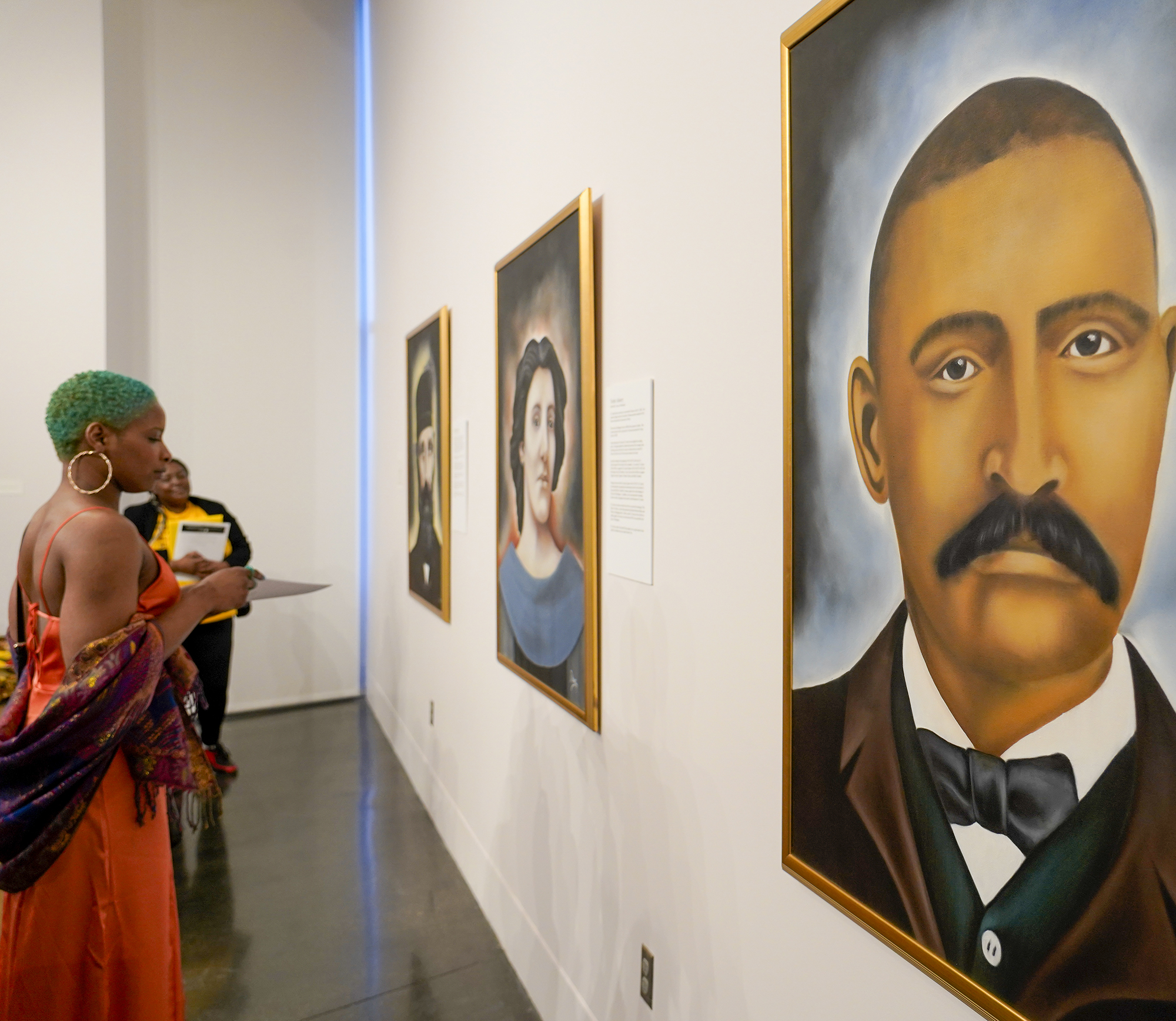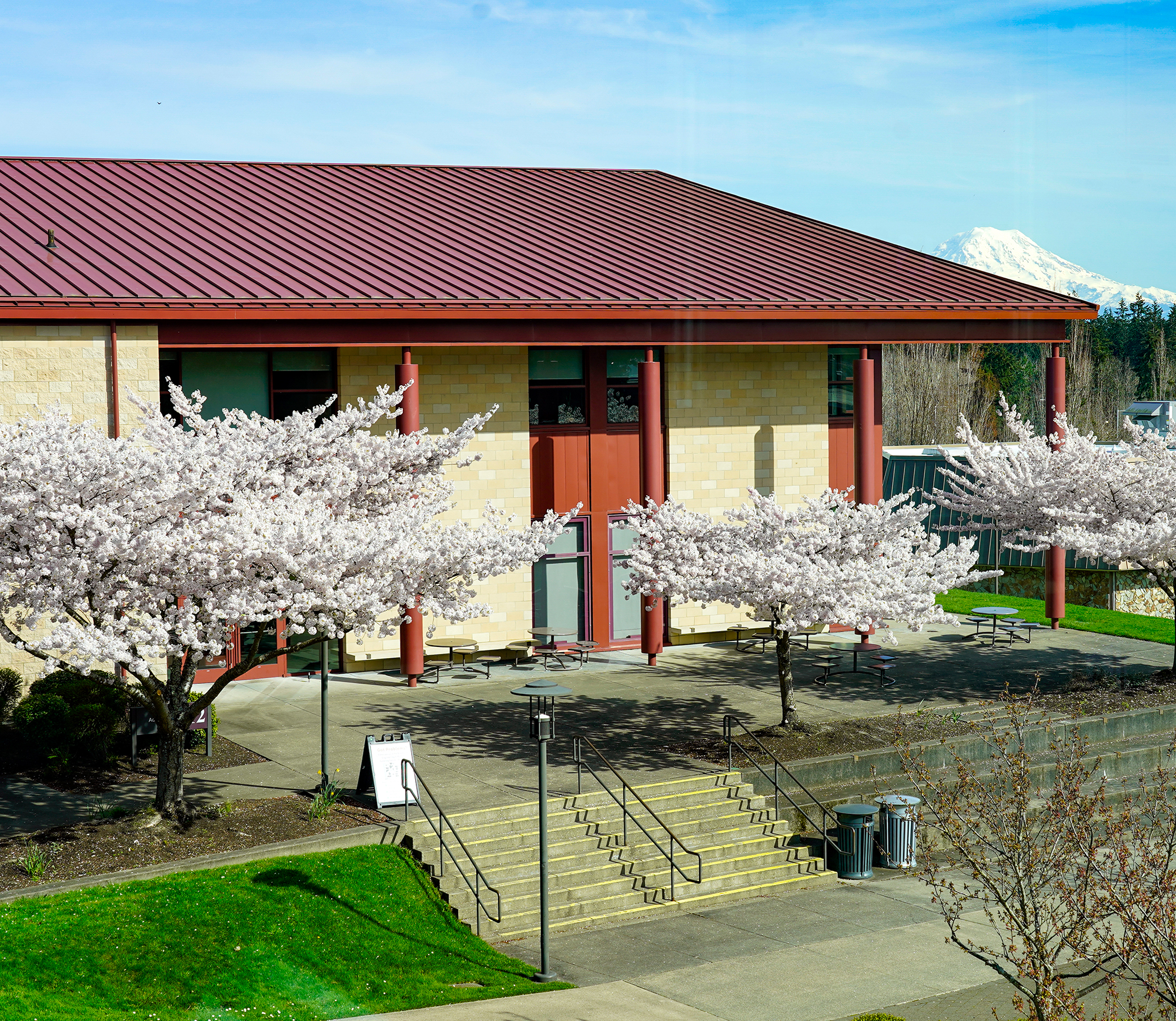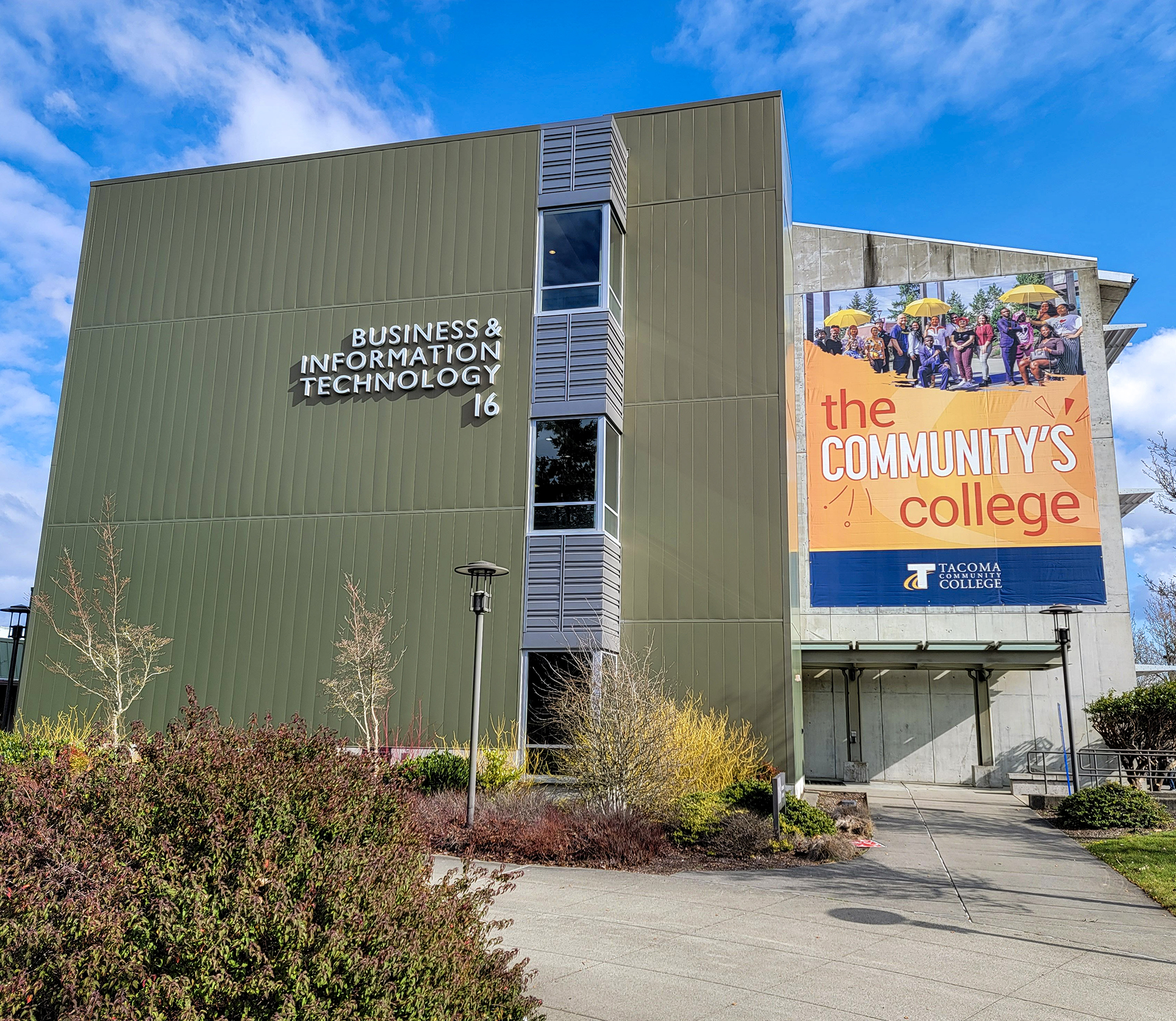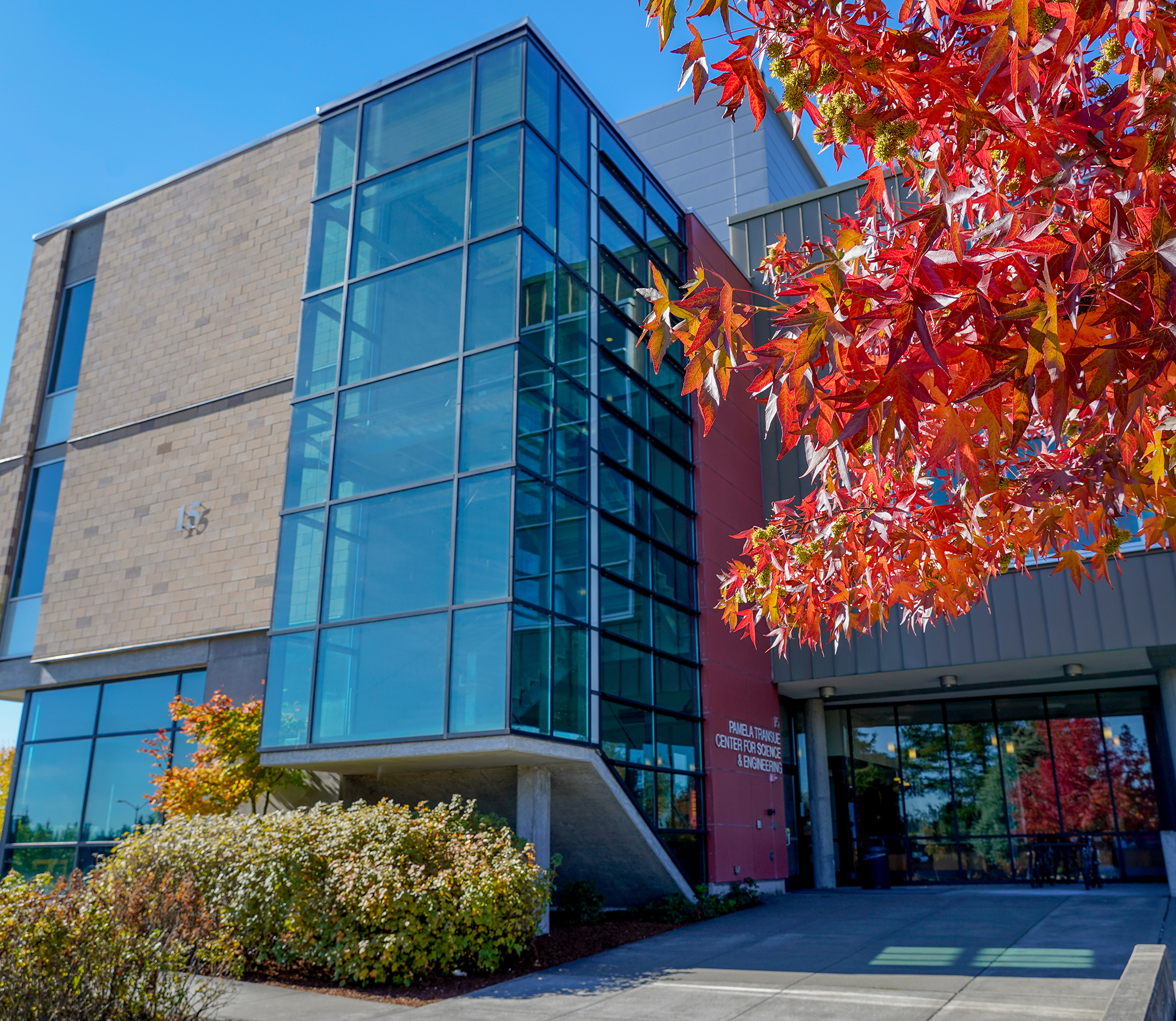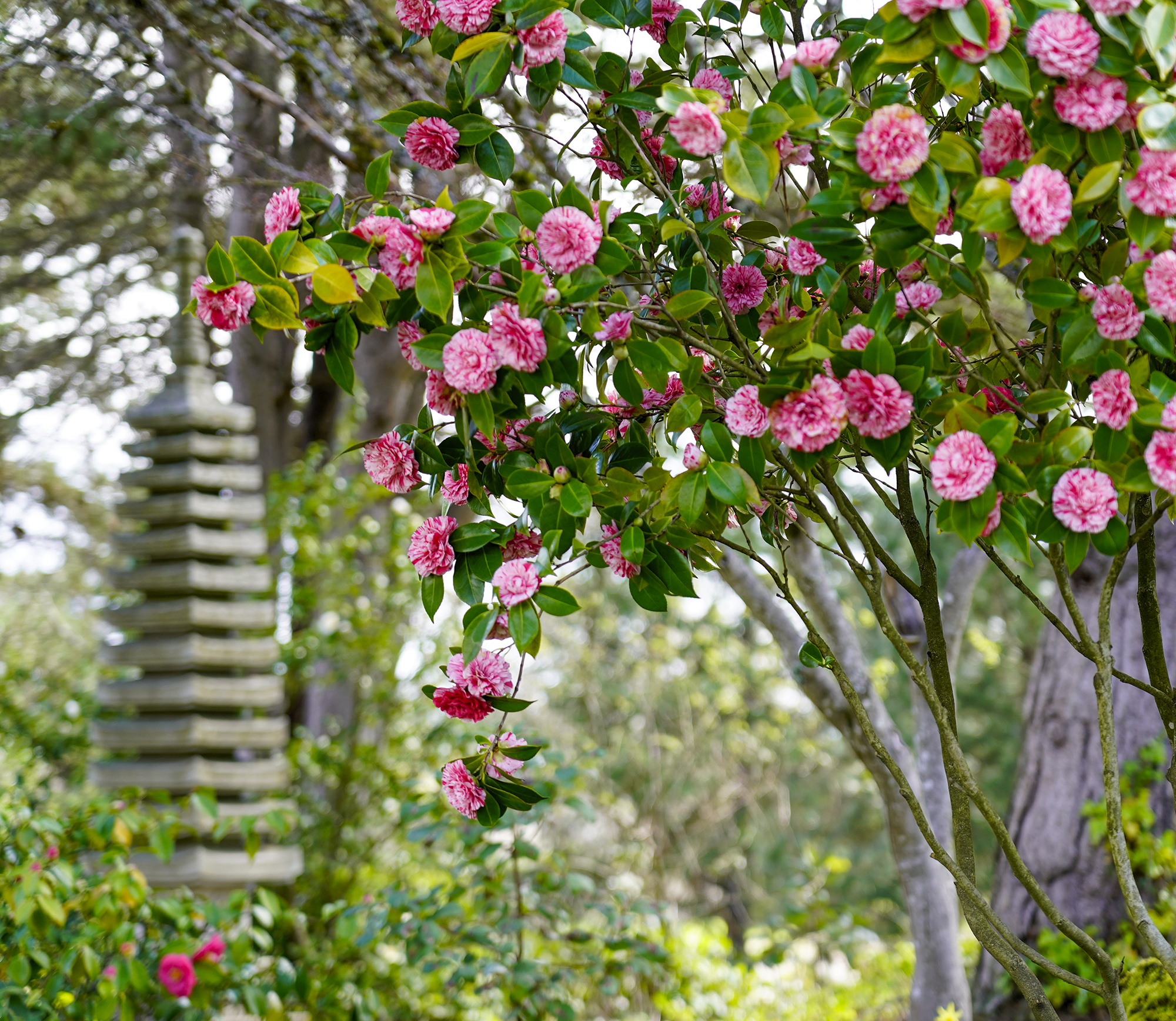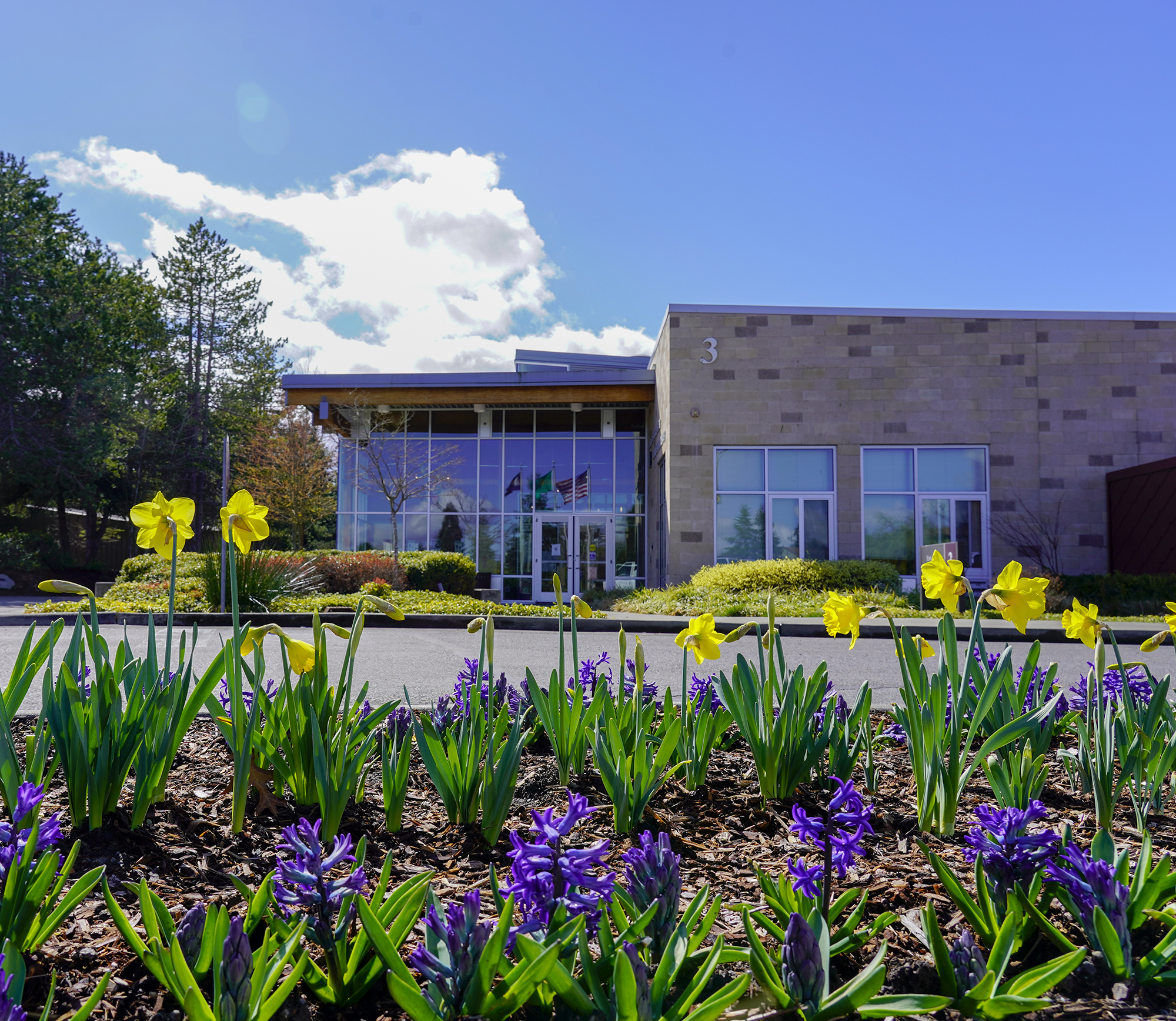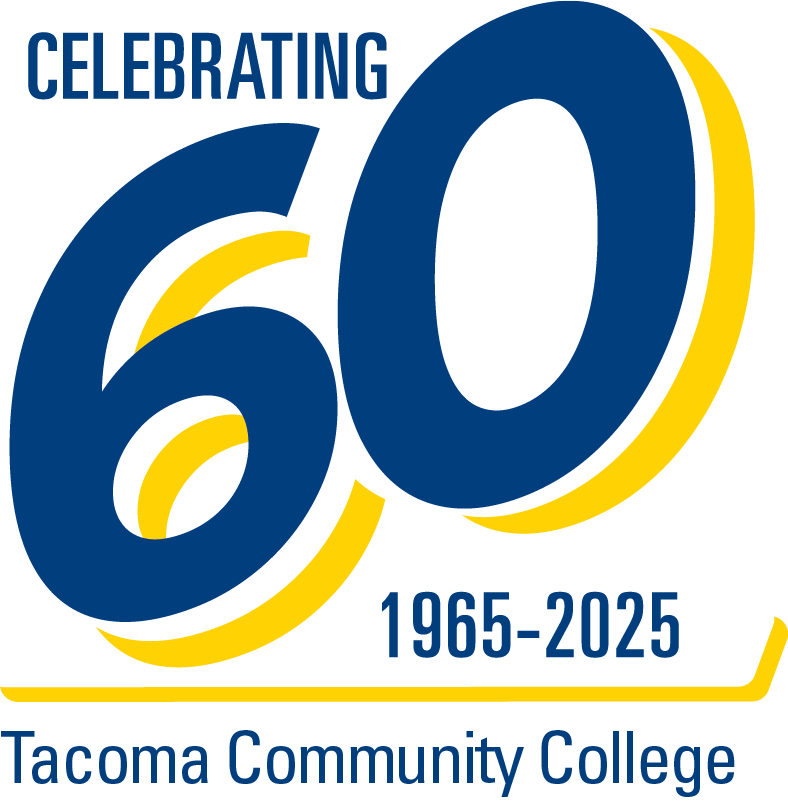Supporting Evolving Needs
Friends of the Library
The Friends of the TCC Library was formed by attorney John H. Binns207 along with 16 other Tacoma business people and TCC Library staff in early 1966. The organization was indispensable to the early development and growth of the library collection, with TCC boasting the largest collection of the Washington community colleges at over 60,000 volumes in 1975.208 The Friends supported collection development relating to the county-wide creation of a bibliography of Black authors and creators,209 brokered acquisition of a major collection of literature and Northwest Americana from a local collector,210 and established a fund to help acquire popular reading material outside of the academic purchasing scope.211
In 1972, the Friends began co-sponsoring what became an annual book sale with the Friends of the Tacoma Public Library.212 Other efforts included running a booth at a University of Puget Sound flea market,213 and the sale of a series of giant coloring books.214 Over the years, the Friends hosted an annual dinner meeting that featured notable local speakers215 and was also marked by the conferring of service awards including the John Binns Award, which was awarded to those who “contributed to the cultural enrichment of the Pacific Northwest.”216
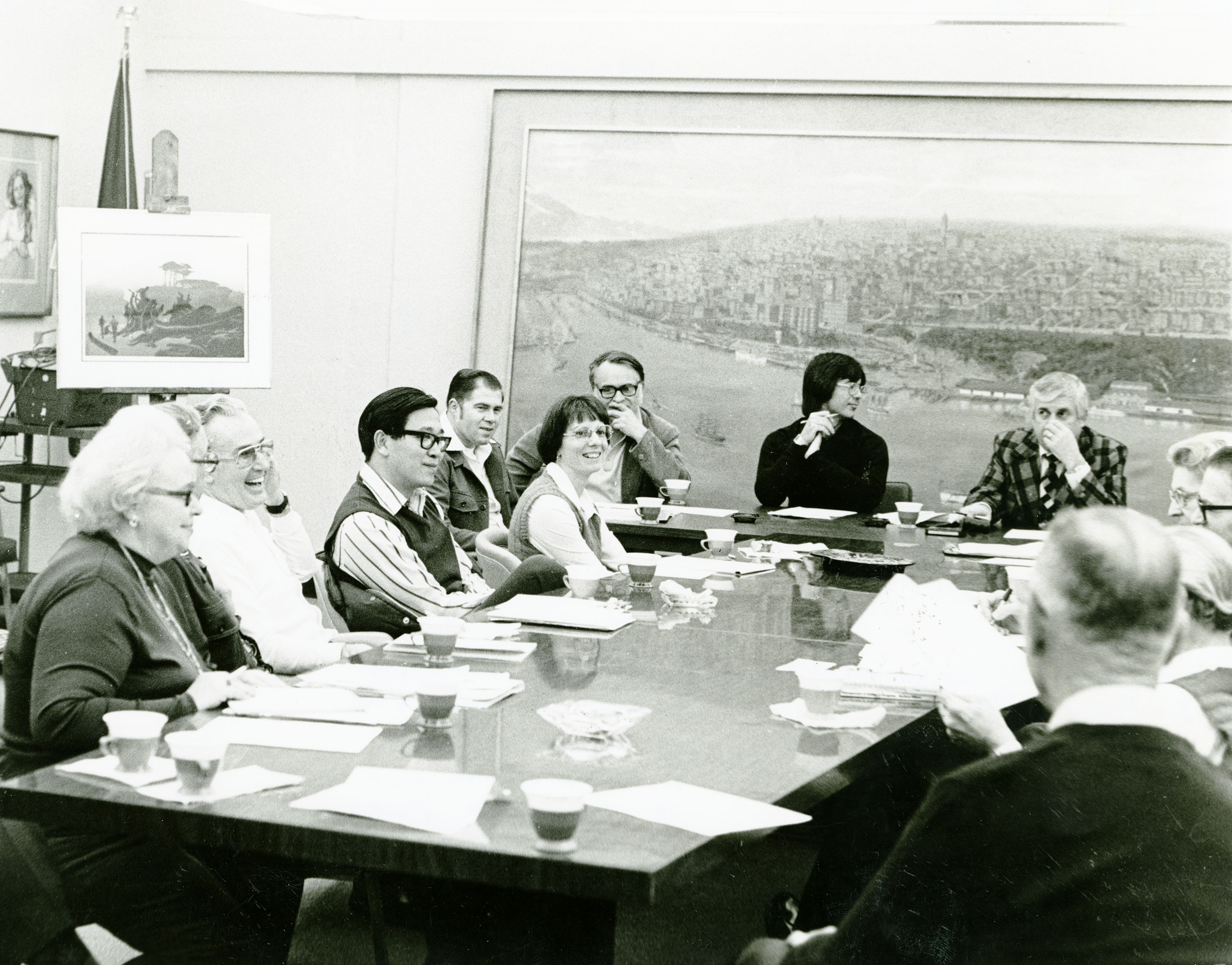
TCC Foundation
The TCC Foundation was formed in 1967217 and its early work centered around establishing a student loan fund, which was sustained by community members and operated as an emergency resource for TCC students.218 The organization was revitalized in the early 1980s and returned with an ambitious new project, the first Tacoma-Pierce County Wine Festival.219
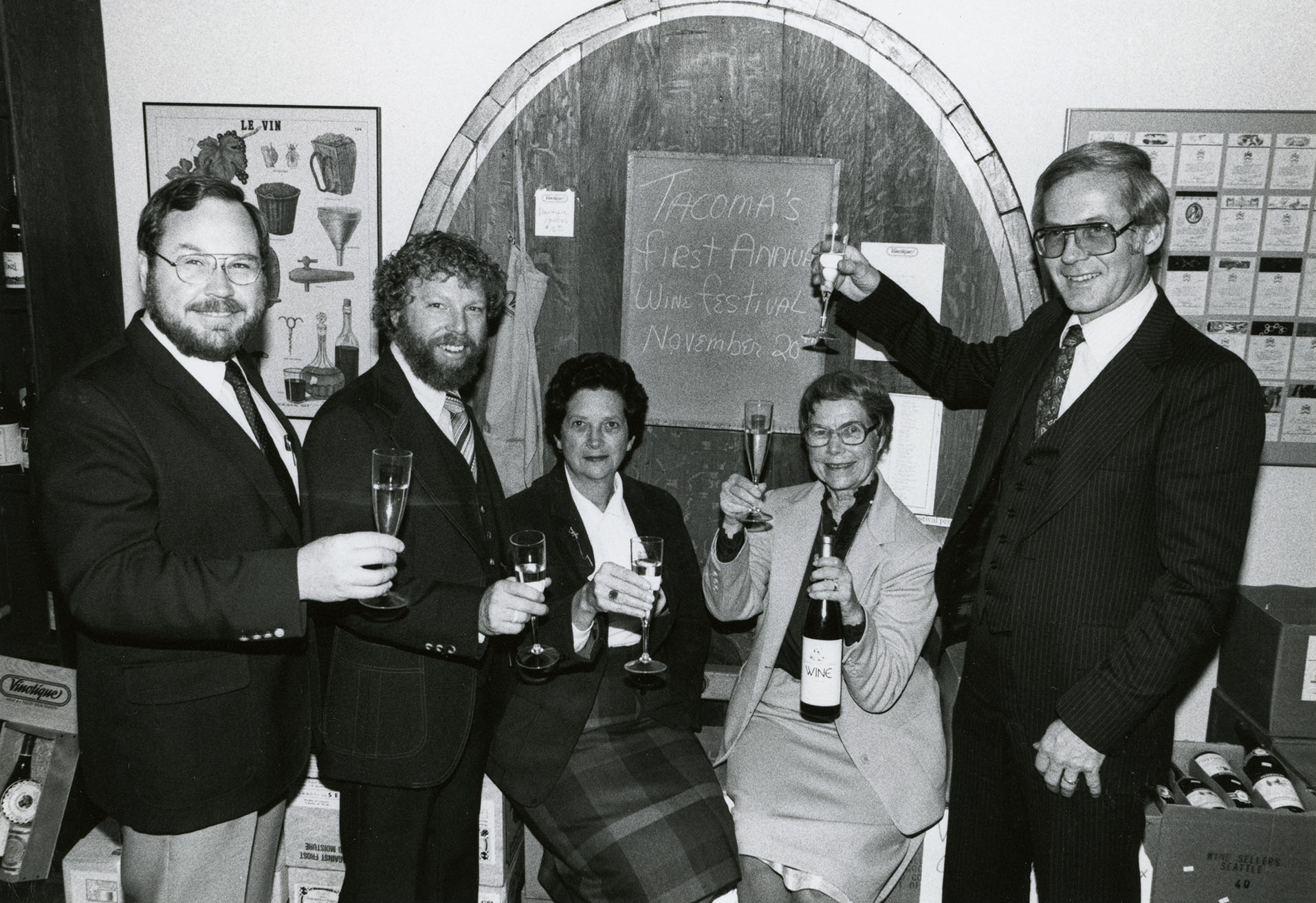
Tacoma-Pierce County Wine Festival
The TCC Foundation was revitalized in the early 1980s and returned with an ambitious new project: the first Tacoma-Pierce County Wine Festival. Co-sponsored by the Foundation, the Southwest Washington Chapter of Les Amis du Vin, and the Visitor and Convention Bureau of the Tacoma-Pierce County Chamber of Commerce, the festival sought to raise awareness of Washington wines and funds for student scholarships.220 The first festival was held in November 1983 and hosted 31 Northwest wineries and approximately 600 attendees.221 The annual event continued for decades, eventually becoming the Taste of Tacoma Festival.
The timing of the Foundation’s return was essential to the supporting the college during difficult economic times. Due to major state budget cuts, the Foundation ran its first full college fund drive as part of TCC’s twentieth anniversary celebrations, seeking to support library materials, campus beautification, publications production, and student scholarships.222 With the wine festival running annually, the Foundation not only used the proceeds for scholarships as originally planned, but also funded assistance to Child Care Center parents and program support to TCC’s Humanities Lecture Series and the Running Start Program.223
Beyond fundraising, the Foundation also worked to make meaningful connections in the community with events like the Sister City International Music Festival,224 and recognized faculty and staff contributions with annual awards.225
International Sister City Music Festival, 1985
In the summer of 1985, TCC organized and co-sponsored the International Sister City Music Festival with the Tacoma Art Commission and the Tacoma News Tribune. The festival brought together local musicians with musicians from Tacoma's three sister city countries: violinist Fuminori Shinozaki of Japan, violist Myung Hee Cho of Korea, and cellist Emanuel Gruber of Israel.226 This was the first time the three sister city committees had worked together, and resulted in new connections with Tacoma’s Japanese and Korean communities.227 The festival consisted of seven free concerts across the city and one ticketed concert opening the Pantages Centre’s 1985/1986 season.228 The success of the concert series influenced city council support for the formation of a new sister city relationship with Aalesund, Norway, which was finalized in 1986.229 That same year, the News Tribune shared that the festival had been named the best sister city program in the nation for 1985.230
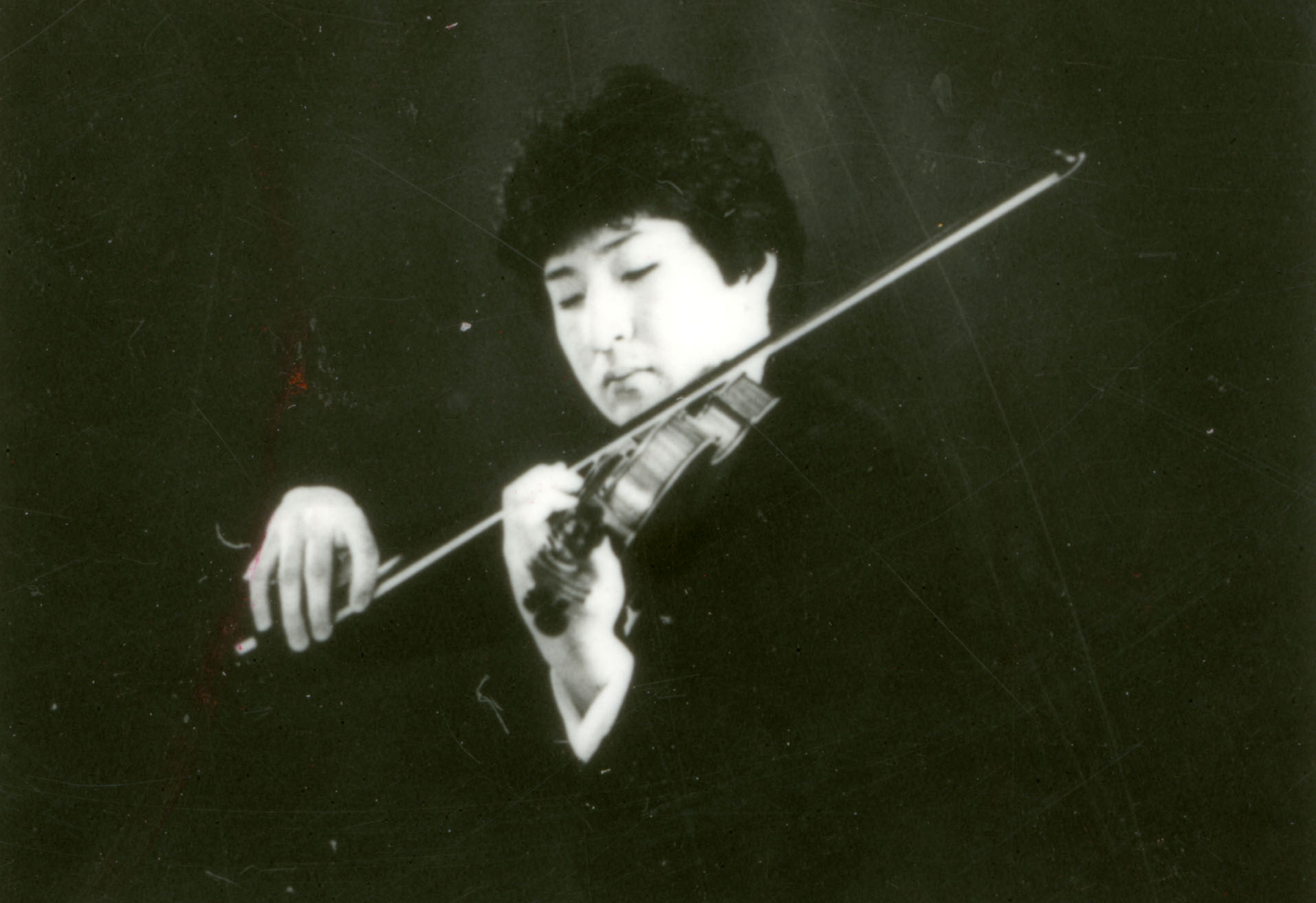
In the early 1990s, the Foundation established an endowment fund with the contributions of a broad range of community members, intended to support TCC’s needs in perpetuity.231 The organization spearheaded major campus revitalization with the "Capital Visions" capital and endowment campaign in 2004 through 2007, exceeding its goal and raising $9.7 million for the college.232
The Foundation continues to thrive, and awards hundreds of scholarships each year.
Capital Visions
While some facilities had slowly been added piecemeal as TCC grew, by the nineties the campus was looking tired between its aging original buildings and cuts to groundskeeping budgets.233 New President Pamela Transue arrived in 1997 and set to work on bringing TCC into the 21st century.
The earliest addition to the campus in what would be an incredible series of new buildings and campus features was the Gallery, completed in 2002, a 2,000 square foot dedicated arts space fulfilling a long-standing need on campus.234 Two years later, the Classroom and Administration building opened, providing both additional teaching space as well as administrative offices for TCC’s leadership. In 2005, the Information Technology (IT) building opened as part of the college’s 40th anniversary celebrations, with specialized multimedia classrooms for the IT and business programs.235
Because of the incredible range of improvements made over the span of these few years, TCC celebrated a Grand Reopening in September 2007, centered around the grand opening of the Science and Engineering building. Other improvements to celebrate included a new student intake center, the technology building previously opened in 2005, renovation of the athletics facilities, new pedestrian walkways, and the Japanese garden, as well as 24/7 customer service and new course modalities and flexible offerings.236
Photos left to right: Gallery (2002), Building 16 - Business and Information Technology building (2005), Building 15 - Pamela Transue Center for Science and Engineering (2007), Babe and Herman Lehrer Japanese Friendship Garden (2007), Annette B. Weyerhaeuser Early Learning Center (2008).
